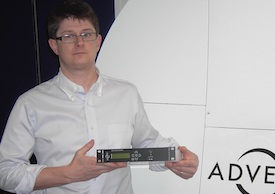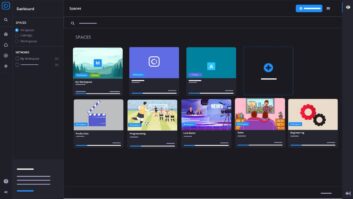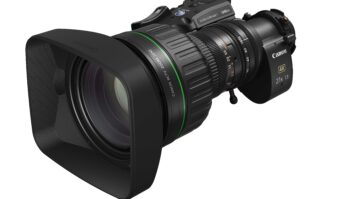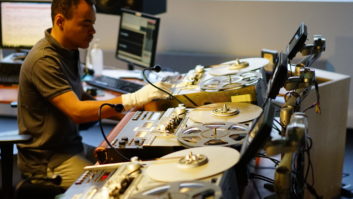
From TVBE’s Acquisition Newsletter: AP and Vislink have completed trials that saw AP’s ENPS newsroom computer system working seamlessly across Vislink’s microwave and Advanced Gateway systems, all of which will enable file-based workflow in the field as if connected directly to the studio LAN.
“The Advanced Gateway system enhances the workflow by reliably extending ENPS and the file-based workflow into ENG” said Mike Palmer, Director ENPS Design & Integration Strategy at Associated Press. “This will add considerable value to our mutual customers’ news gathering capabilities”.
The Advanced Gateway system uses sophisticated wireless data bonding to maximize available download speeds, providing multiple persistent connections to maintain the highest level of connectivity available that the broadcasters require.
“The MOS protocol allows integrated file-based workflow with ENPS, [while] the Advanced Gateway systems close the circle of efficiency gains made in the studio, from the implementation of file-based workflow,” said Laurence Venner, Vislink Product Marketing Manager (pictured with AMG5000).
Broadcasters want to reduce the time spent editing by craft editors, preferring to have journalists do as much of their own editing as possible. While this works well in the studio, it isn’t as efficient on location, primarily because stories that are sent back as baseband video over traditional links don’t include the metadata, which then has to be added back at base.
To solve this, AP and Vislink have been working “to extend the newsroom computer system into the field and connect the story back to the studio,” said Venner.
The new system can connect ENPS with the journalist’s computer via a cellular link, then transfer the finished files back to the studio over satellite or microwave links. This allows all files to be transferred at their native resolution, tagged by the newsroom computer system, and with all the metadata.
“One of the hidden advantages of the system is the ability to control the truck remotely,” he added. This allows the newsroom to access and control all of the equipment on the truck, and to see the exact status of the story at any time.
The first production systems should be delivered to an AP customer in the US (a large station group) in November, where they will be working mainly with traditional ENG trucks.
In Europe, the two companies are looking to work more with satellite newsgathering or with city-wide cellular diversity systems, but this won’t happen until the US customer is up and running.
Broadcasters will need to install one Vislink Advanced Gateway (a type of router that can route IP connections via ASI or cellular links, or both, and which can connect to multiple Gateways) at the studio end and one in each truck.
The system runs at very low data rates, so metadata could be sent via over-the-air links from satellite.
Acquisition News is TVBEurope’s twice-monthly newsletter produced in association with the Guild of Television Cameramen. Focusing on the camera sector of the market, it delivers the very latest news and views on camera equipment, technologies and accessories to the European broadcast industry. Register for free here.







